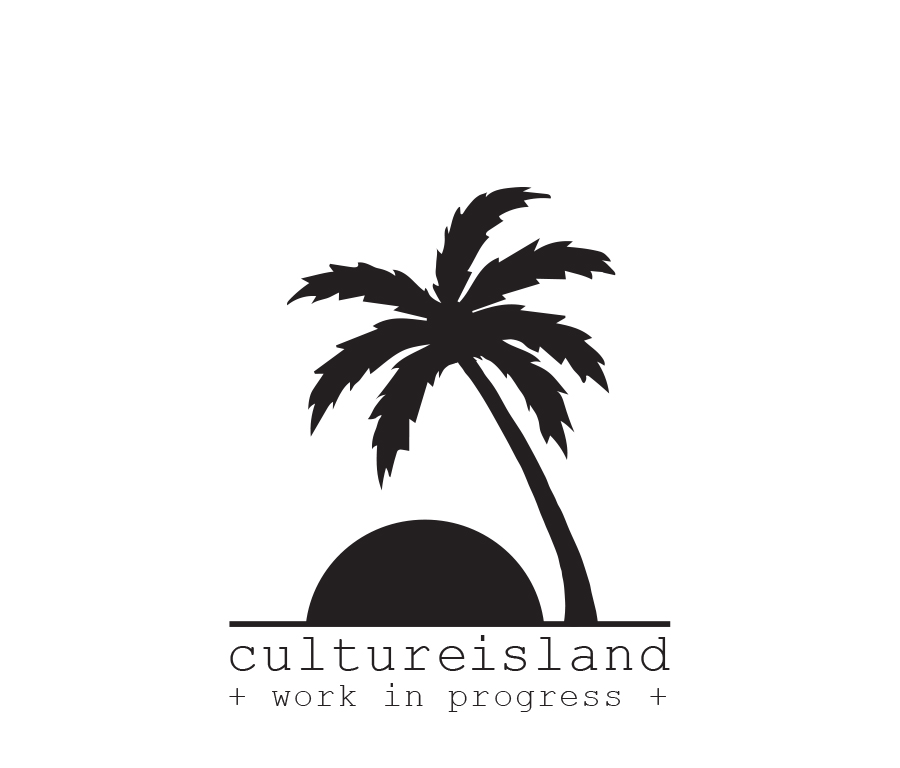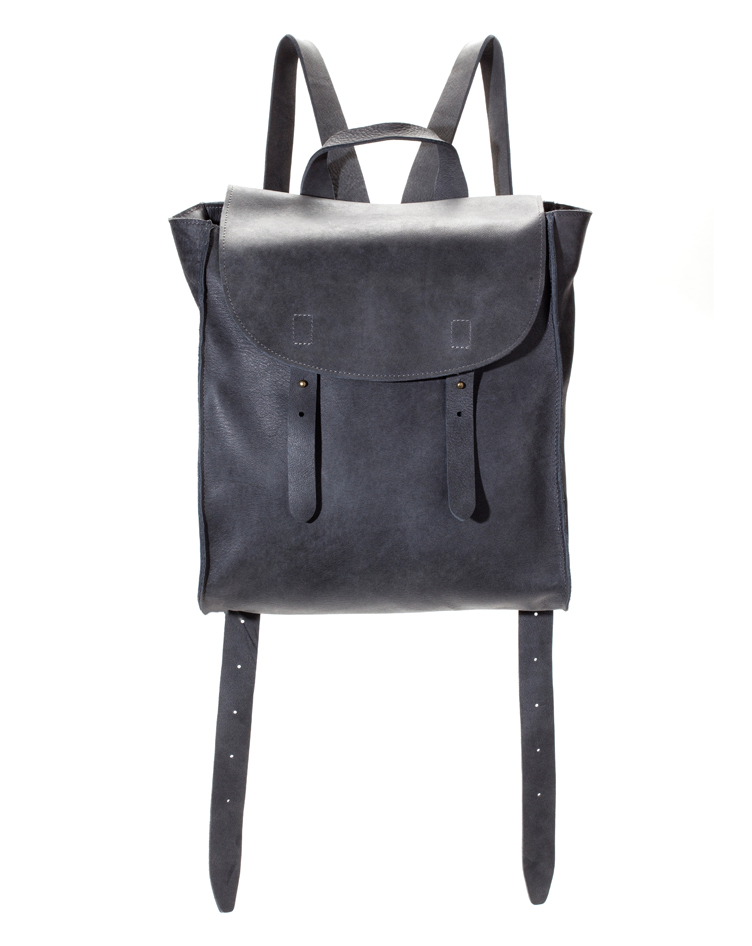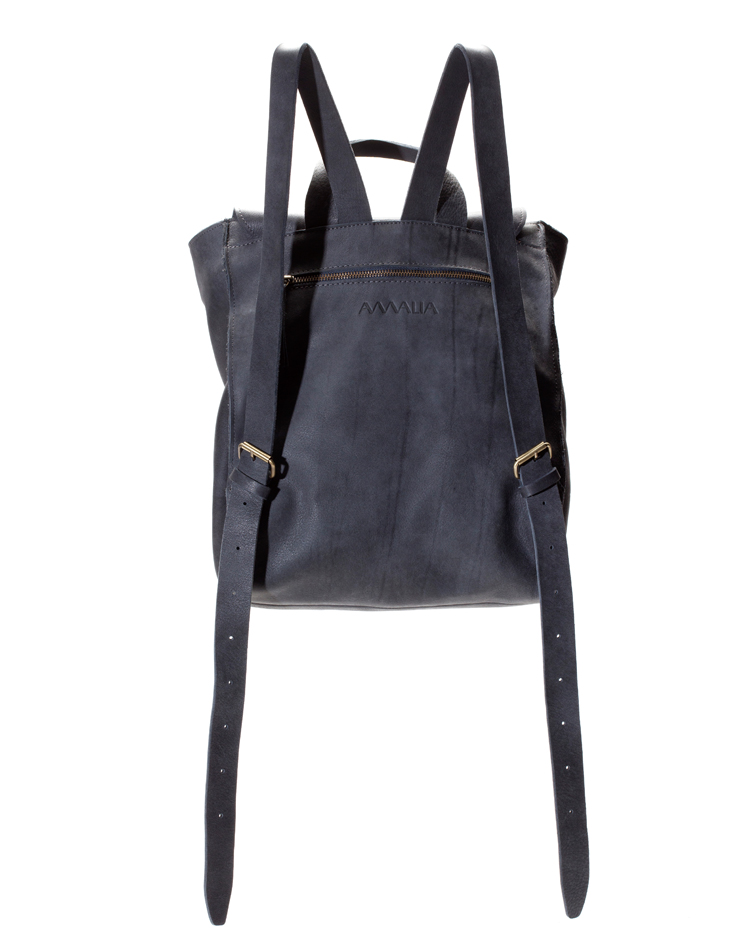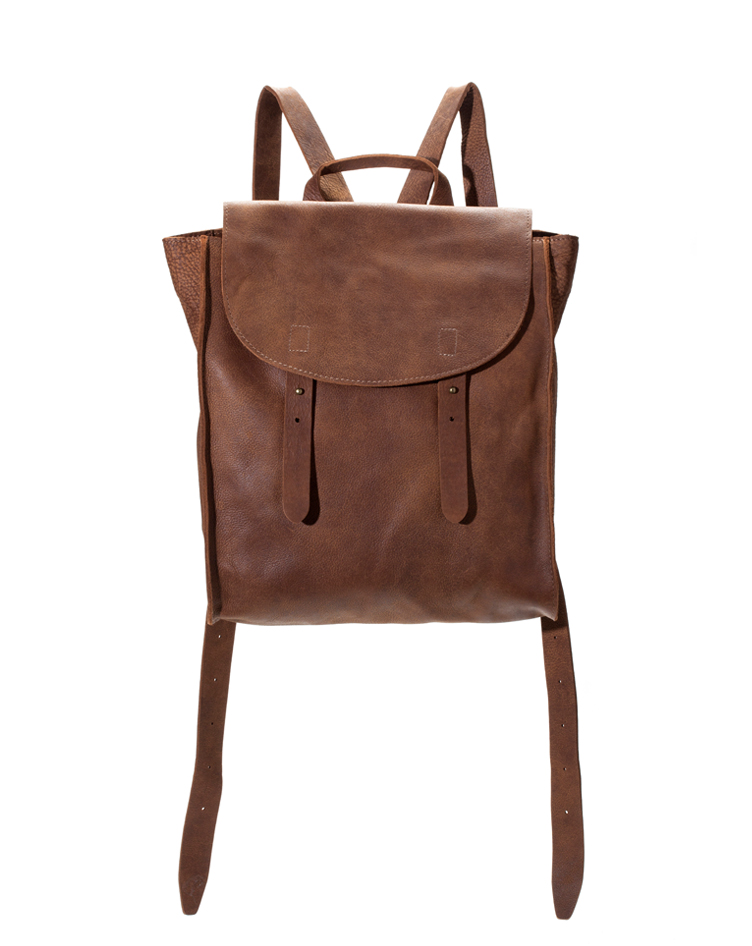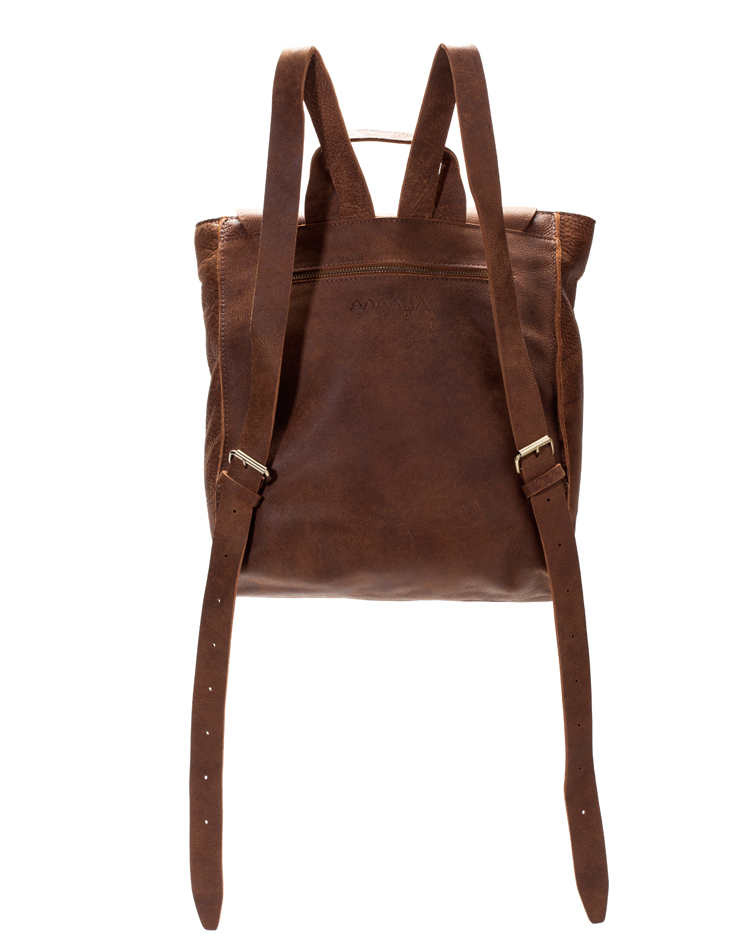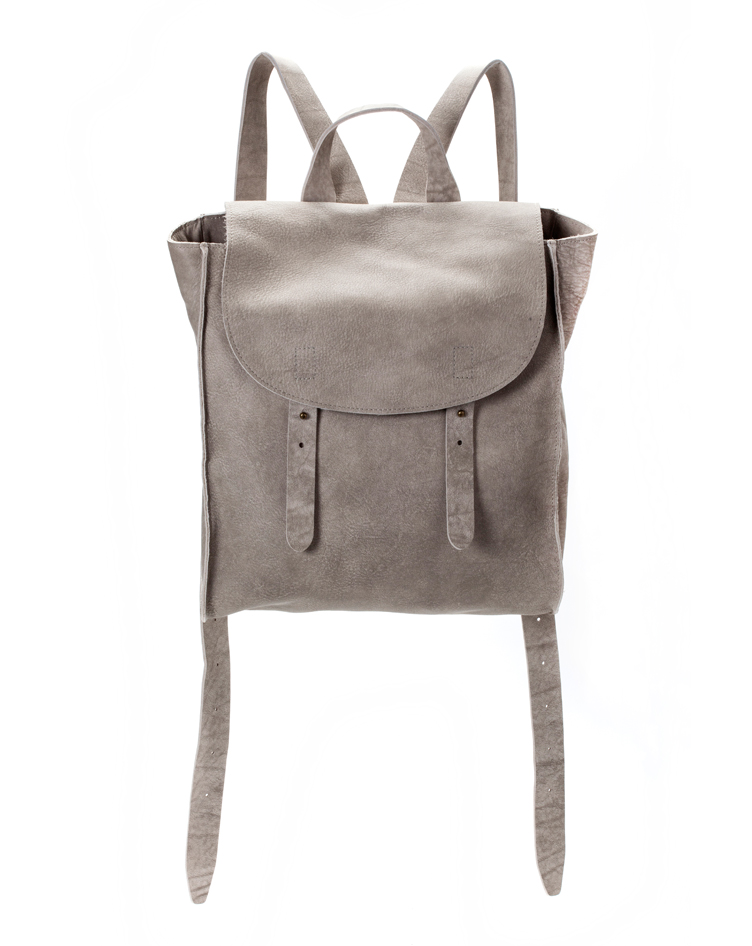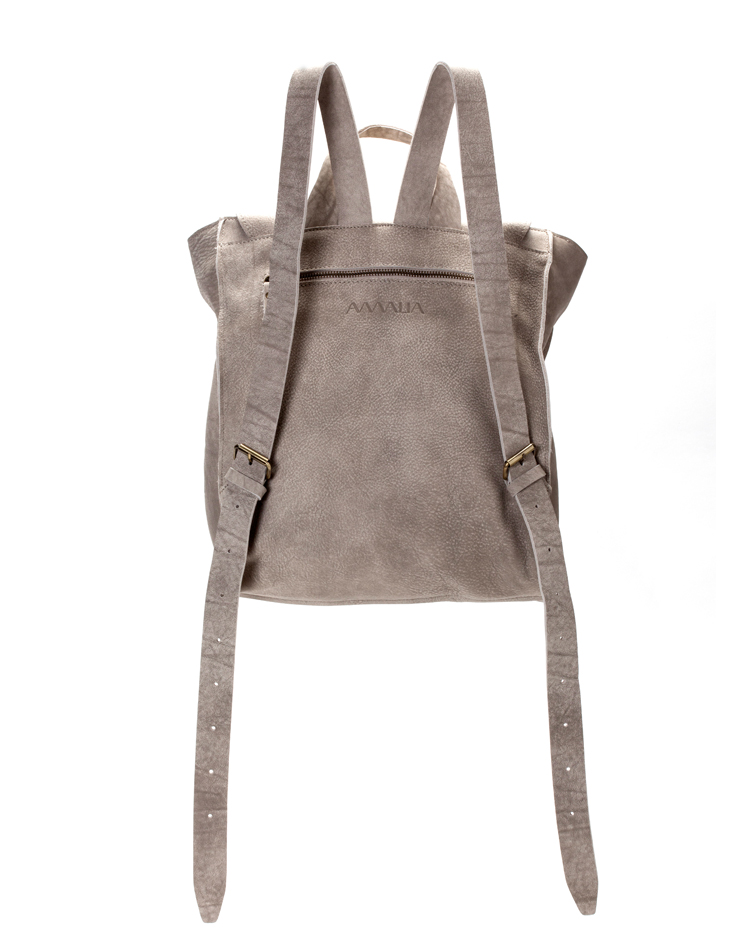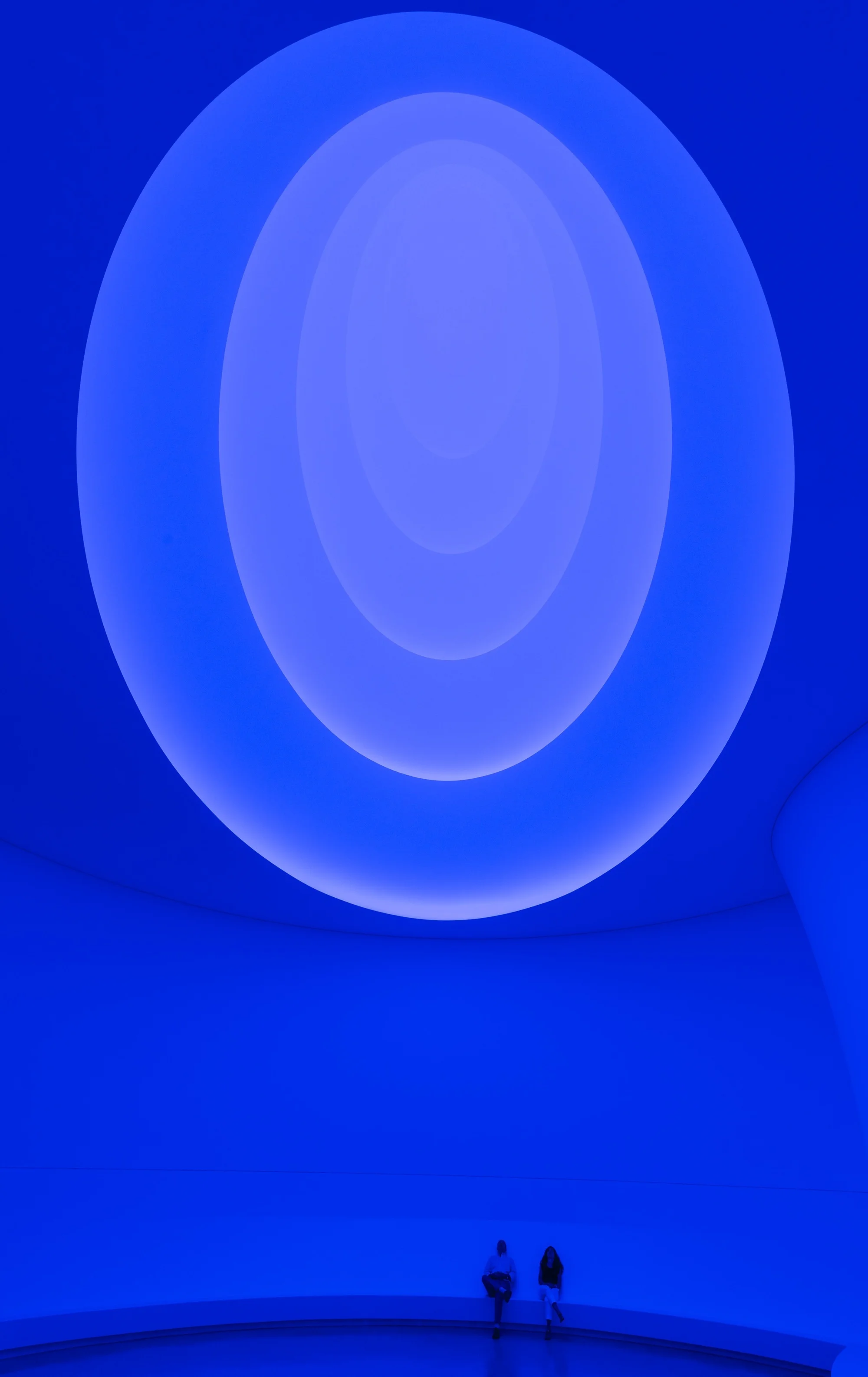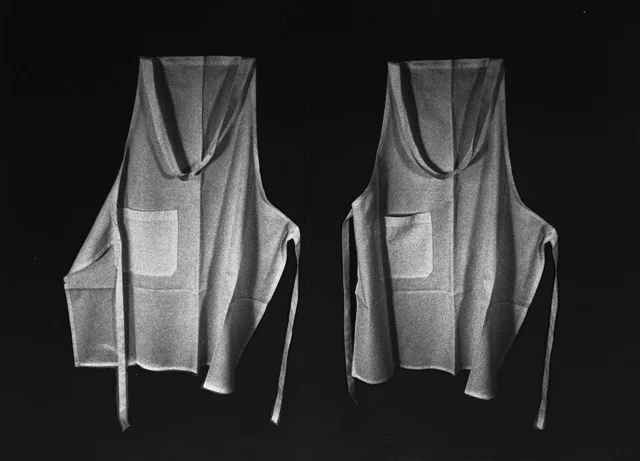small talk // israel through the eyes of a fashion designer // naama tzur of israel's amalia boutique
while at the israel museum in jerusalem a few months back, i discovered a small section of the gift shop that featured israeli-designed goods. my eyes were immediately drawn to a minimal black backpack by amalia boutique. it was medium sized with soft yet durable leather, simple brass hardware, interior lining and even pockets. it had a simple embossed logo on the back that would be hidden while wearing. it was perfect. and it was under three hundred dollars. i thought, i could never find a minimal, well-made backpack like this, for this price in america. so i took the bag home and tracked down the designer's info through her website. we set up a time to skype and it was one of the most enlightening convos i've ever had.
amalia btq is run by israel native naama tzur, a former journalist for haartez, the "world's leading english-language website for real-time news and analysis of israel and the middle east." several years ago, she wanted to start an ecommerce website featuring goods handmade in israel. naama had trouble selling the idea to designers there since they typically don't partake in the global fashion race. so naama started her own fashion line, sold in israel and online. she believes in having an, "authentic vision that's related to the place you come from" and that, "design isn't about making things beautiful, it's about taking a stand." as a citizen of such a spiritually conflicted place, her aesthetics are actually her beliefs manifested in modest designed accessories with beautiful leather that represents her love for the israeli desert.
cultureisland: tell us more about amalia boutique? how did it come about?
naama: amalia started as a web-store that offers indie israeli fashion. i was very interested in the idea of local fashion as an answer to the globalization of the fashion industry. as a person who is interested in fashion and design in their cultural aspect, i wanted to engage myself in fashion in a way that is relevant, up to date (global digitized environment) while representing the place i'm living in (in cultural and geographical local terms). i have collaborated with many excellent israeli designers and at one point started producing amalia's bags. first as a collaboration with an israeli designer and later on as the main activity of amalia. israel has a rich tradition of small leather workshops. i not only know the people making my product but i have a close relationship with them.
cultureisland: what is your design process?
naama: my working process is very long! it always starts with a visual vision. many times i draw inspiration from the dialectical tension between components in the place i'm living in. then i'm drowning a little bit, searching for materials (which is very difficult in a shrinking fashion industry like the israeli one) and starting to work on a mock-up model with my team at our workshop. at that point begins a long process of re-evaluation and examination of our work. i am consulting my team of designers and non-designer friends (my own personal focus team) - and together we are questioning every little detail. the next stage will be producing a small amount of items and releasing it to a store - to get the feedback from the salespersons and most important the customers. with this feedback starts another round of reevaluation. it takes several rounds for me to feel that the design process is complete.
cultureisland: how has living in israel affected your process, aesthetic and creative identity?
naama: i grew up in jerusalem. jerusalem is a city of conflict in the most beautiful and magical sense there is, but also in a ruthless way. one side of the city is in the desert and the other side is in the woods. it is one of the most pluralistic cities in the world and one of the most religious ones. where ever you look in jerusalem you see conflict - between the old and new, the desert and the city, male and female, delicate and harsh - and the list goes on endlessly. as a child growing up i remember that conflict as something beautiful, fascinating in its complexity and i believe this is the foundation of my aesthetic perception.
i remember as a child we use to take most of our vacation in the desert of sinai - which is maybe one of the most beautiful examples for that tension i am talking about. the red mountain of the sinai desert clashes into the red sea. the scenery is so magnificently dramatic and yet so serene. above ground, the red pastel pink sandy mountains ascend and under water - inside the sea - there is the richest, most neon colorful life there is (it is one of the richest coral reefs in the world). the bedouins that live there, although extremely different from us, became our intimate friends. many times when i envision an aesthetic image, i go back to that beautiful surreal desert. now my studio is located on the tel aviv - jaffa border, a place where diverse cultures directly intersect.
cultureisland: what plans do you have to grow the amalia brand?
naama: my goals are to do what ever i do well, to react to the changes in my surroundings, to be as relevant as i can be and to reach people.
cultureisland: where are your favorite places to see art, shop and eat around tel aviv?
naama: i love jaffa. the renewing port is a great junction of the old city of jaffa, the mediterranean and an urban art scene. the flea market is a great place to do some shopping for contemporary israeli designers and also one of the best spots to check out the night life in tel aviv. my studio is next to a popular coffee shop, cafe felix. i've started collaborating with the owners on project, felix and i, in which we take the burlap sacks of the coffee beans and make notebooks, purses and baskets out of it. cafe felix is like a collaborative community and we often bring our designs into the shop to get feedback from the customers.
cultureisland: what other israeli designers should we check out?
naama: i love lara rosnovsky (clothing) and maya bash (clothing), oded arama (shoes), michal oren (jewelry), sharon brunsher (fashion and life style accessories) and many others. i am also a great fan of photography - oded balilty is a pulitzer awarded israeli photographer. i love his work and the way he is drawing a fine line between photojournalism and art.
